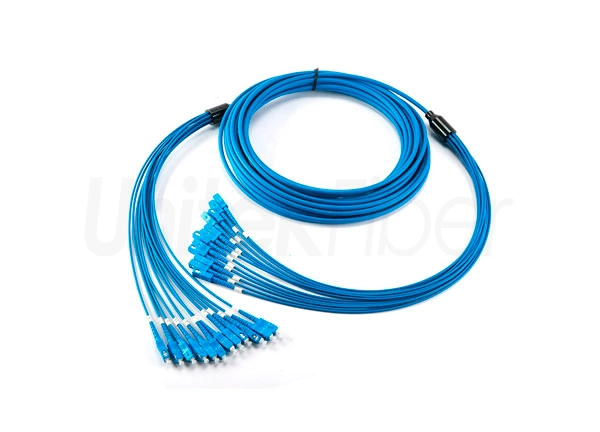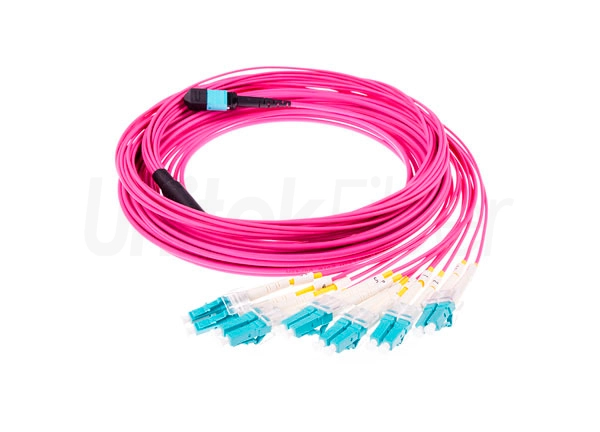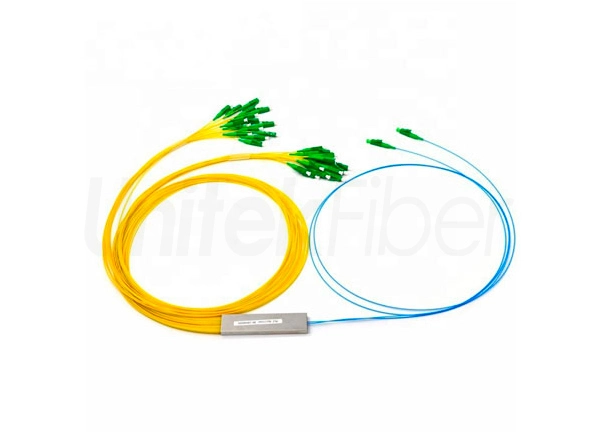
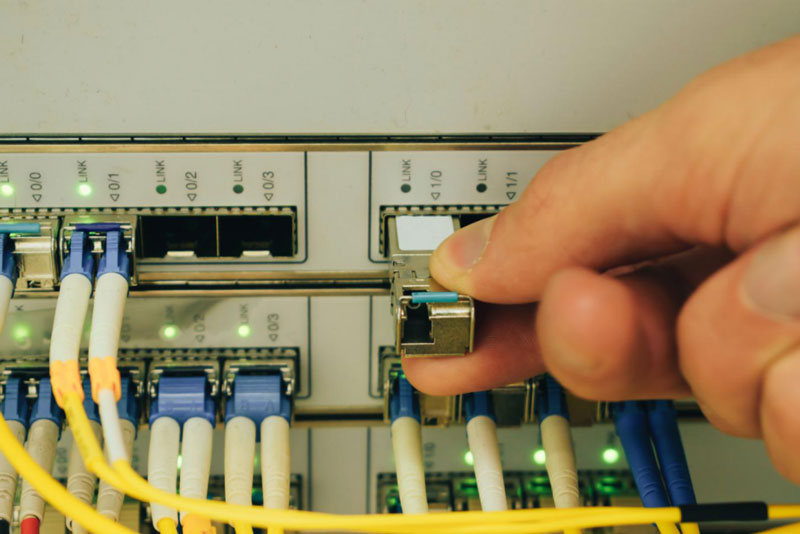
The rapid development of science and technology makes people's lives change with each passing day. The rapid development of application markets such as 5G, big data, blockchain, cloud computing, the Internet of Things, and artificial intelligence has brought explosive growth to data traffic, and data center interconnection has gradually developed into a research hotspot for optical communications. The current high-speed optical module application scenarios are mainly divided into Internet data center networks, metropolitan area optical transmission networks, and telecommunication networks represented by 5G bearer networks.
Application of optical modules in data centers
The data center is no longer just one or several computer rooms, but a group of data center clusters. In order to achieve the normal work of various Internet services and application markets, data centers are required to operate in coordination. The massive and real-time exchange of information between data centers has created the need for data center interconnection networks, and optical fiber communication has become a necessary means to achieve interconnection.
Unlike traditional telecommunication access network transmission equipment, data center interconnection requires larger information and denser transmission, which requires switching equipment to have higher speeds, lower power consumption, and more miniaturization. A core factor that determines whether these performances can be achieved is the optical transceiver. The information network mainly uses optical fiber as the transmission medium, but the current calculation and analysis must also be based on electrical signals, and the optical transceiver is the core device for photoelectric conversion.
Data center communication optical transceiver modules can be divided into three types according to the connection type:
(1) Data center to user, generated by end-user behaviors such as accessing the cloud to browse web pages, send and receive email, and video streams;
(2) Data center interconnection, mainly used for data replication, software and system upgrades;
(3) Inside the data center, it is mainly used for information storage, generation and mining. According to forecasts, data center internal communications account for more than 70% of data center communications, and the rapid development of data center construction has also led to the development of high-speed optical modules.
Data traffic continues to grow, and the trend of large and flat data centers has pushed optical modules to develop in two ways:
lIncreased transmission rate requirements
lVolume demand growth
The trend of large-scale data centers has led to an increase in transmission distance requirements. The transmission distance of multimode fiber is limited by the increase in signal rate and is expected to be gradually replaced by single-mode fiber. The optical fiber link cost consists of two parts: optical transceiver module and optical fiber. There are also different applicable solutions for different distances. In terms of the long-to-medium distance interconnection required for data center communications, there are two revolutionary solutions born from MSA:
lPSM4 (Parallel Single Mode 4 lanes)
lCWDM4 (Coarse Wavelength Division Multiplexer 4 lanes)
Among them, the PSM4 fiber usage is 4 times that of CWDM4. When the link distance is longer, the cost of the CWDM4 solution is relatively low.
There are differences in the application of optical transceivers in data centers at home and abroad.
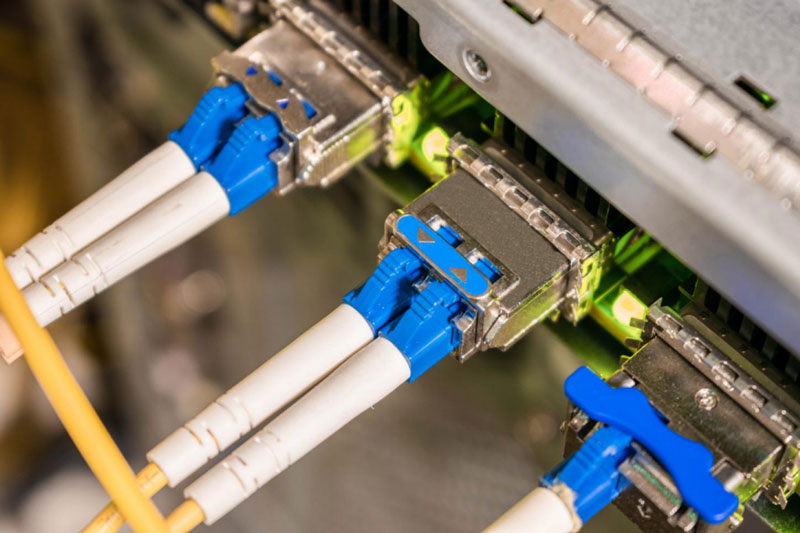
US data center internal switch interconnects are mainly single-mode fiber. In the 100G era, CWDM4 / PSM4 optical modules are widely used. In the 400G era, DR4 is currently the main. The server and switch interconnects mostly use cable DAC. As time goes by and the optical transceiver module speed increases, the proportion of multimode fiber and direct-connected cable DACs in the US data center internal interconnection solution will become lower and lower.
The interconnection of internal switches in China's data centers is dominated by multimode fiber, and the proportion of single mode fiber is gradually increasing. At present, the domestic demand for 400G is very small. In the 100G era, SR4 / CWDM4 modules are used. The interconnection between servers and switches mostly uses active optical cable AOC.
Leader in fiber optic transmission network: CWDM optical module
The CWDM optical module uses CWDM technology, which can combine optical signals of different wavelengths through an external wavelength division multiplexer and transmit them through one optical fiber, thereby saving optical fiber resources. At the same time, the receiving end needs to decompose the complex optical signal using a wave decomposition multiplexer.
CWDM optical transceivers are usually used in CWDM systems, which have a lower cost than DWDM optical transceivers and are widely used. In a CWDM system, a CWDM optical transceiver module is inserted into a switch, and a CWDM optical transceiver module is connected to a CWDM demultiplexer or OADM optical add / drop multiplexer with a jumper for work.
The CWDM optical transceiver plays a huge role in the CWDM system and successfully solves the problems in the optical fiber transmission network. CWDM optical transceiver modules have eight advantages, which are summarized as follows:
1. "Transparent" transmission of data;
2. Super large capacity, make full use of the huge bandwidth resources of optical fiber;
3. Greatly save fiber resources and reduce construction costs;
4. High network flexibility, economy and reliability;
5. It can be all-optical network exchange to realize long distance non-electrical relay transmission
6. Simplified laser module, which reduces the size of the equipment and saves room space;
7. Optical layer recovery is independent of service and speed, which can effectively protect data;
8. No semiconductor refrigerator and temperature control function are needed, so power consumption can be significantly reduced, which is only 12.5% of DWDM.

